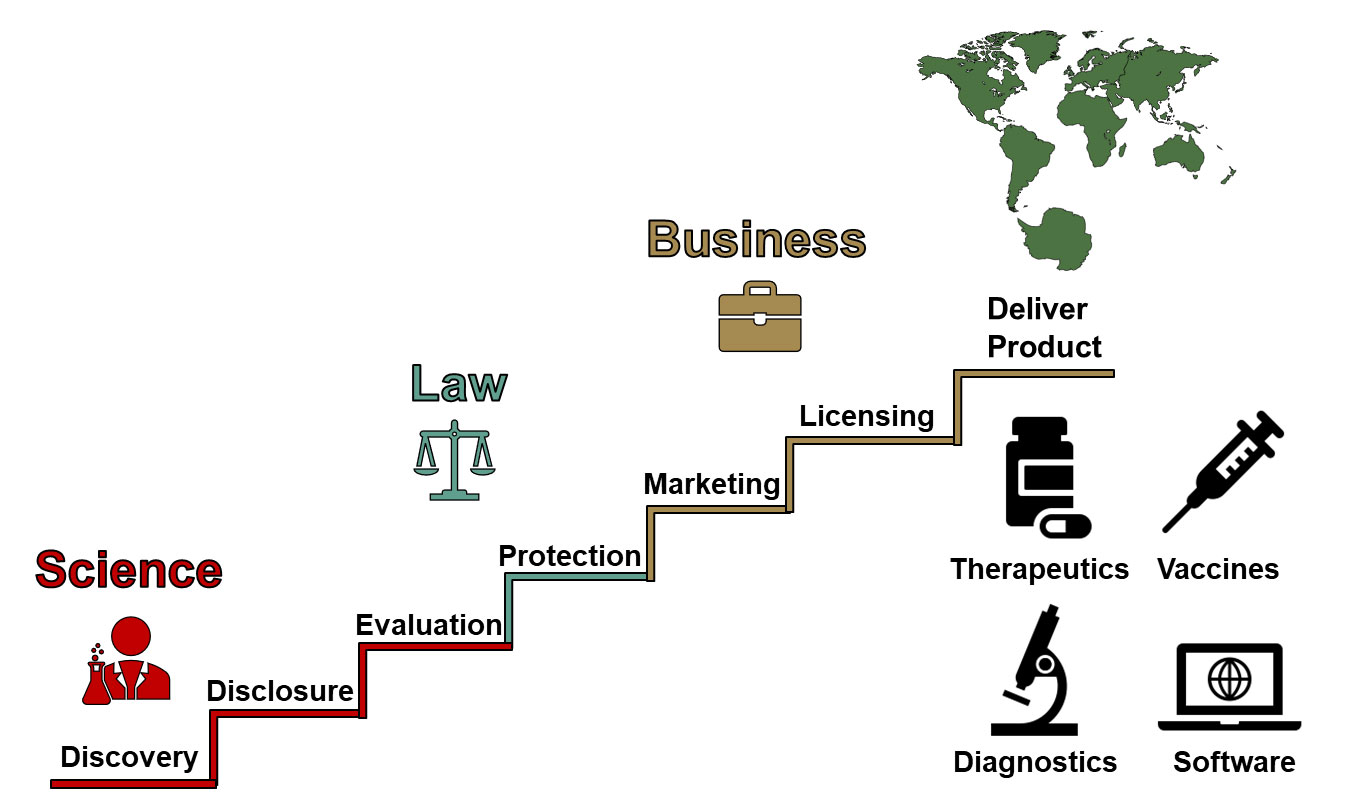Report on EPA Water Infrastructure Funding and Alignment with Sustainable Development Goals
Executive Summary
- The U.S. Environmental Protection Agency (EPA) has released a strategic memorandum detailing the collaborative implementation of $43 billion in water infrastructure funding provided through the Bipartisan Infrastructure Law.
- The strategy emphasizes a partnership-based approach with state, local, and Tribal entities to address national water infrastructure deficits.
- This initiative is fundamentally aligned with the United Nations Sustainable Development Goals (SDGs), with a primary focus on ensuring clean water, promoting public health, fostering sustainable communities, and strengthening partnerships.
Primary Objective: Advancing SDG 6 (Clean Water and Sanitation)
- The core mission of the funding is to address widespread water quality and public health challenges, directly contributing to the targets of SDG 6: Clean Water and Sanitation.
- The memorandum highlights the flexibility granted to states and borrowers to target local needs, ensuring progress towards:
- Achieving universal and equitable access to safe and affordable drinking water for all.
- Improving water quality by reducing pollution and increasing the capacity for wastewater treatment.
- Supporting the sustainable management of water resources across communities.
Implementation Strategy: A Commitment to SDG 17 (Partnerships for the Goals)
- The EPA’s implementation model is built on collaborative action, embodying the principles of SDG 17: Partnerships for the Goals.
- The agency will work closely with state co-regulators and Tribal partners to achieve program objectives. Key operational steps include:
- Stakeholder Engagement: Actively working with partners on the development of Intended Use Plans (IUPs) that identify priority projects for State Revolving Fund (SRF) financing.
- Capacity Building: Delivering targeted training, technical assistance, and informational webinars to equip partners for successful project planning and execution.
- Efficient Allocation: Conducting an expedited review of IUPs to ensure that investments are deployed swiftly to communities in need.
Broader Contributions to Sustainable Development
- The infrastructure investment extends beyond water-centric goals, creating positive impacts across several interconnected SDGs:
- SDG 3 (Good Health and Well-being): By upgrading infrastructure, the program directly mitigates public health risks from contaminated water and inadequate sanitation.
- SDG 10 (Reduced Inequalities): The focus on investing in diverse communities across the country aims to address long-standing infrastructure disparities and promote equitable development.
- SDG 11 (Sustainable Cities and Communities): Modernized water systems are critical for building resilient, safe, and sustainable urban and rural settlements.
Relevant Sustainable Development Goals (SDGs)
-
SDG 6: Clean Water and Sanitation
- The article directly addresses this goal by focusing on the EPA’s strategy to implement “$43 billion in water infrastructure funding.” This funding is aimed at addressing “local water quality and public health challenges,” which are central tenets of SDG 6.
-
SDG 9: Industry, Innovation and Infrastructure
- The article’s core subject is the “Infrastructure Investment and Jobs Act,” which provides funding for developing and upgrading water infrastructure. This aligns with SDG 9’s aim to build resilient infrastructure and promote sustainable industrialization.
-
SDG 11: Sustainable Cities and Communities
- By “investing in communities across the country” to improve water infrastructure, the initiative supports the creation of sustainable and resilient communities. Access to clean water and sanitation is a fundamental service for sustainable urban and rural living.
-
SDG 17: Partnerships for the Goals
- The article emphasizes “collaborative implementation with state, local, and Tribal partners” and working with “state co-regulators, Tribal partners, and stakeholders.” This highlights the multi-stakeholder partnership approach essential for achieving the SDGs.
Specific SDG Targets
-
Target 6.1: By 2030, achieve universal and equitable access to safe and affordable drinking water for all.
- The funding for “water infrastructure” and addressing “public health challenges” directly contributes to ensuring the safety and accessibility of water, a key component of this target.
-
Target 6.b: Support and strengthen the participation of local communities in improving water and sanitation management.
- The strategy’s emphasis on “collaborative implementation with state, local, and Tribal partners” and the development of “intended use plans” with these partners directly reflects the goal of involving local communities in water management.
-
Target 9.1: Develop quality, reliable, sustainable and resilient infrastructure… with a focus on affordable and equitable access for all.
- The article discusses a massive investment (“$43 billion”) through the “Infrastructure Investment and Jobs Act” specifically for water infrastructure, which is a direct action towards achieving this target.
-
Target 17.17: Encourage and promote effective public, public-private and civil society partnerships.
- The EPA’s plan to work with “state co-regulators, Tribal partners, and stakeholders” is a clear example of the multi-stakeholder partnerships that this target aims to foster.
Implied Indicators for Measuring Progress
-
Amount of financial investment mobilized.
- The article explicitly states the total funding amount: “$43 billion in water infrastructure funding.” This serves as a primary financial indicator for the resources allocated to achieve the goals.
-
Development of government-coordinated spending plans.
- The mention of developing “intended use plans that identify priority projects for SRF funding” serves as an indicator of structured and planned implementation, ensuring funds are directed effectively.
-
Provision of capacity-building support.
- The EPA’s commitment to provide “training and technical assistance” to its partners is a qualitative indicator of efforts to build local capacity for managing water infrastructure projects.
-
Number of partnerships established.
- The “collaborative implementation with state, local, and Tribal partners” implies that the number and effectiveness of these partnerships can be used as an indicator of progress towards collaborative governance.
Summary Table: SDGs, Targets, and Indicators
| SDGs | Targets | Indicators |
|---|---|---|
| SDG 6: Clean Water and Sanitation | 6.1: Achieve universal and equitable access to safe and affordable drinking water for all. | Investment in projects that address “local water quality and public health challenges.” |
| SDG 6: Clean Water and Sanitation | 6.b: Support and strengthen the participation of local communities in improving water and sanitation management. | Development of “intended use plans” through “collaborative implementation with state, local, and Tribal partners.” |
| SDG 9: Industry, Innovation and Infrastructure | 9.1: Develop quality, reliable, sustainable and resilient infrastructure. | Allocation of “$43 billion in water infrastructure funding” through the Bipartisan Infrastructure Law. |
| SDG 17: Partnerships for the Goals | 17.17: Encourage and promote effective public, public-private and civil society partnerships. | EPA working with “state co-regulators, Tribal partners, and stakeholders.” |
Source: epa.gov







